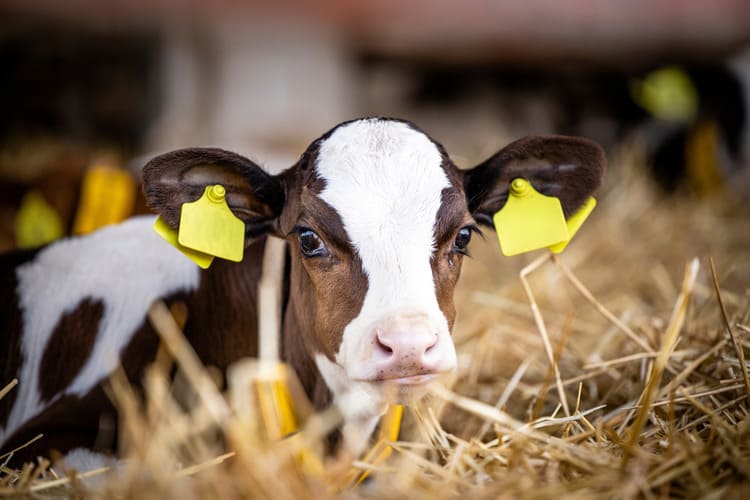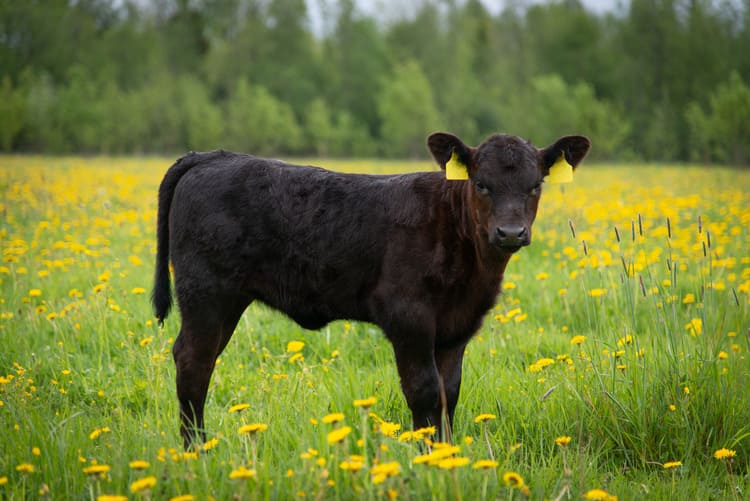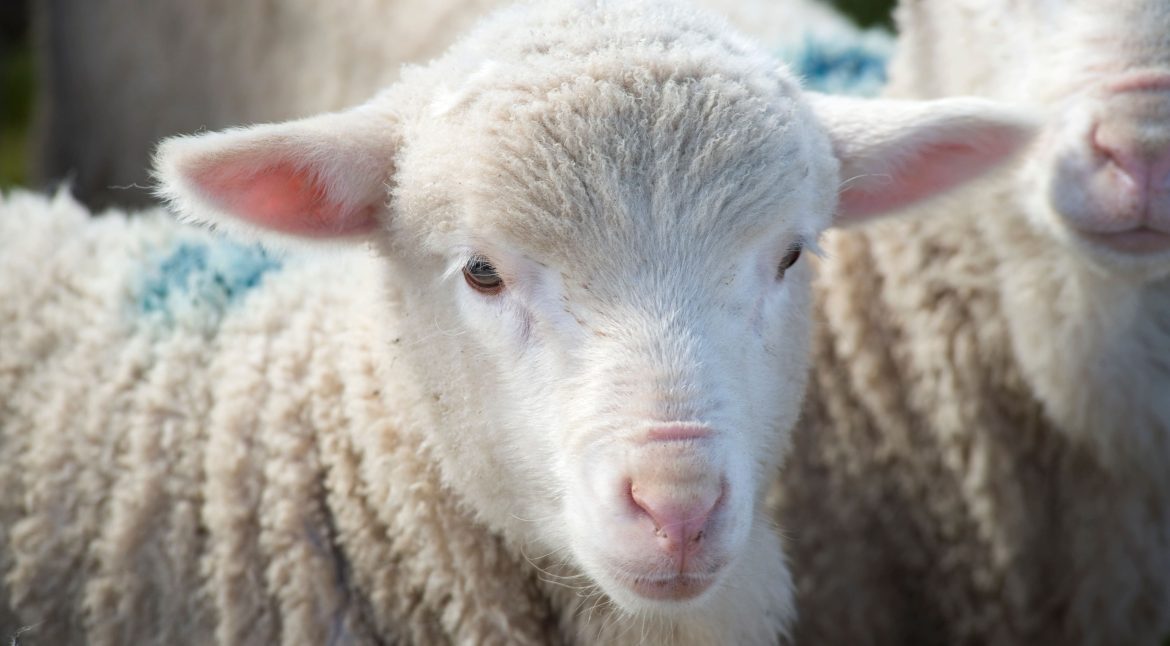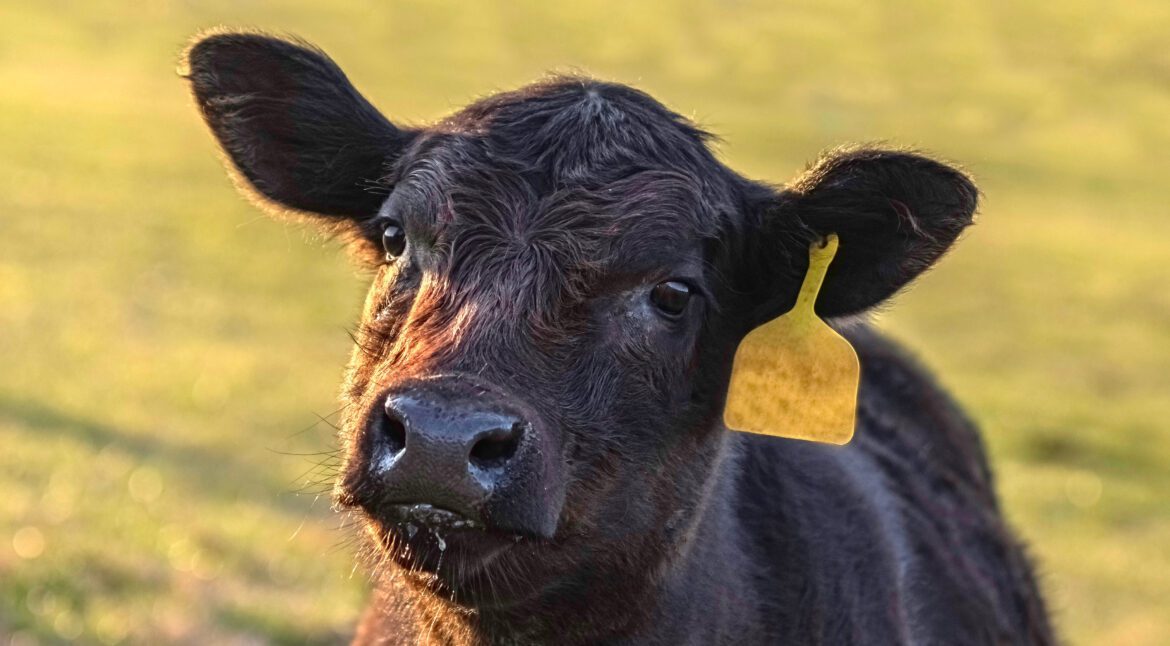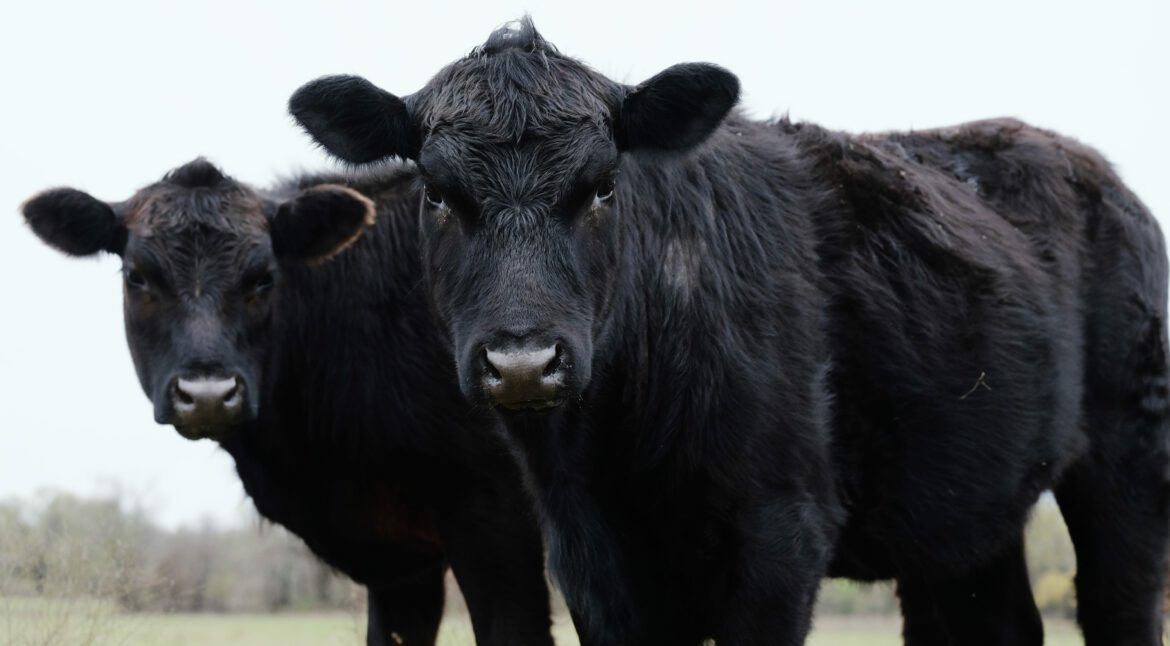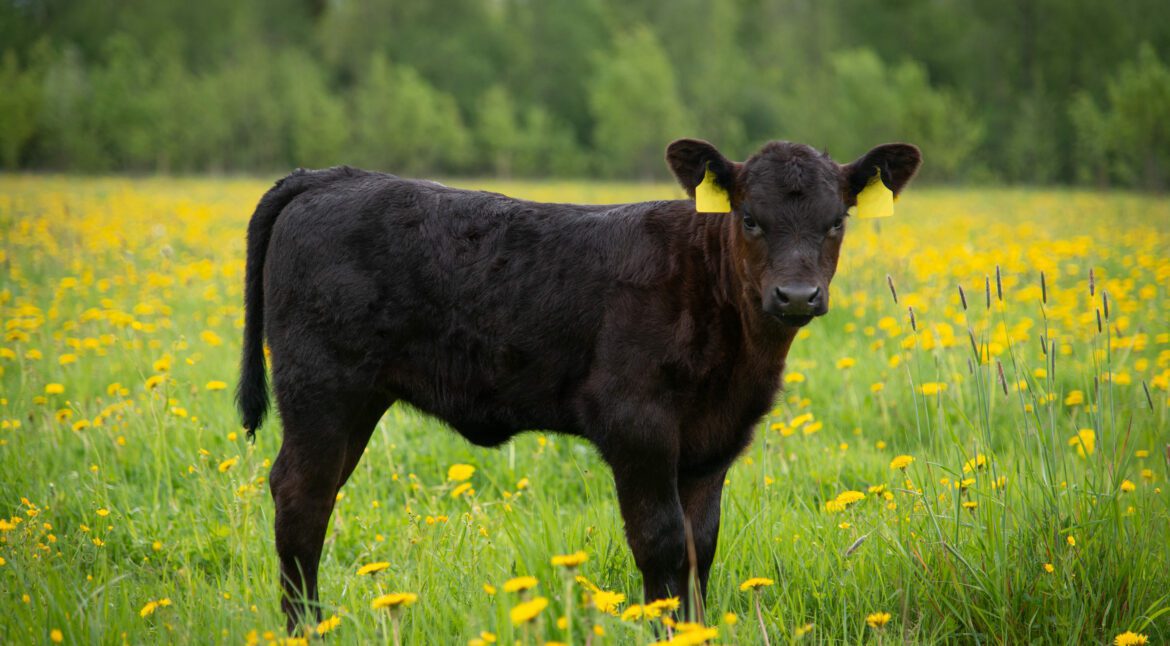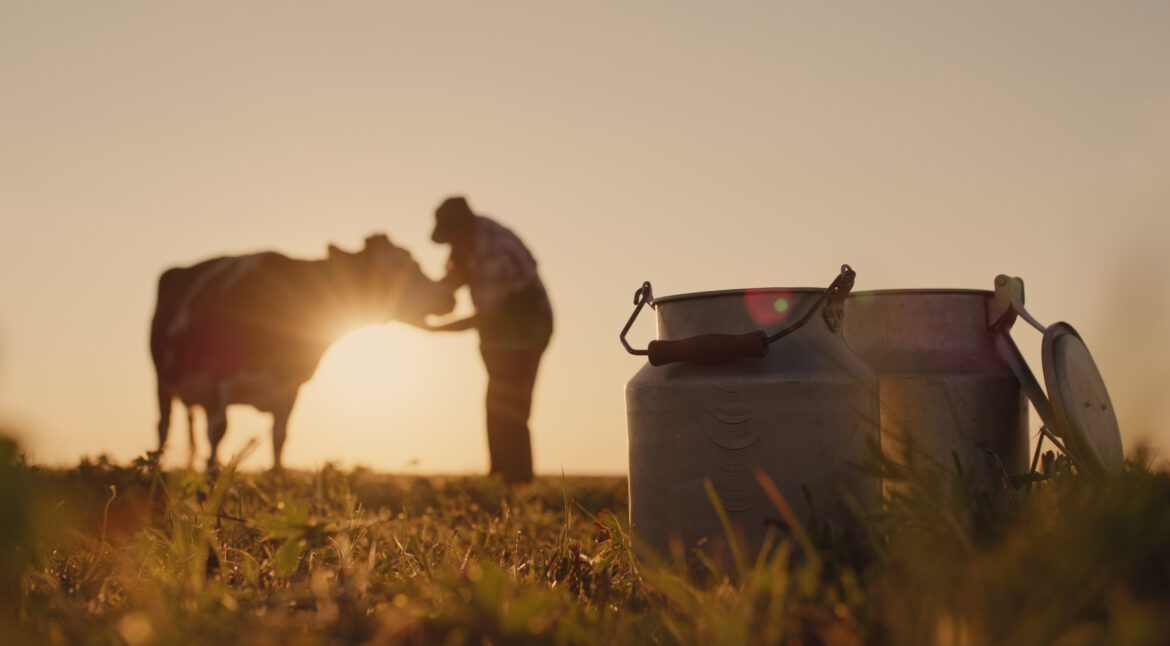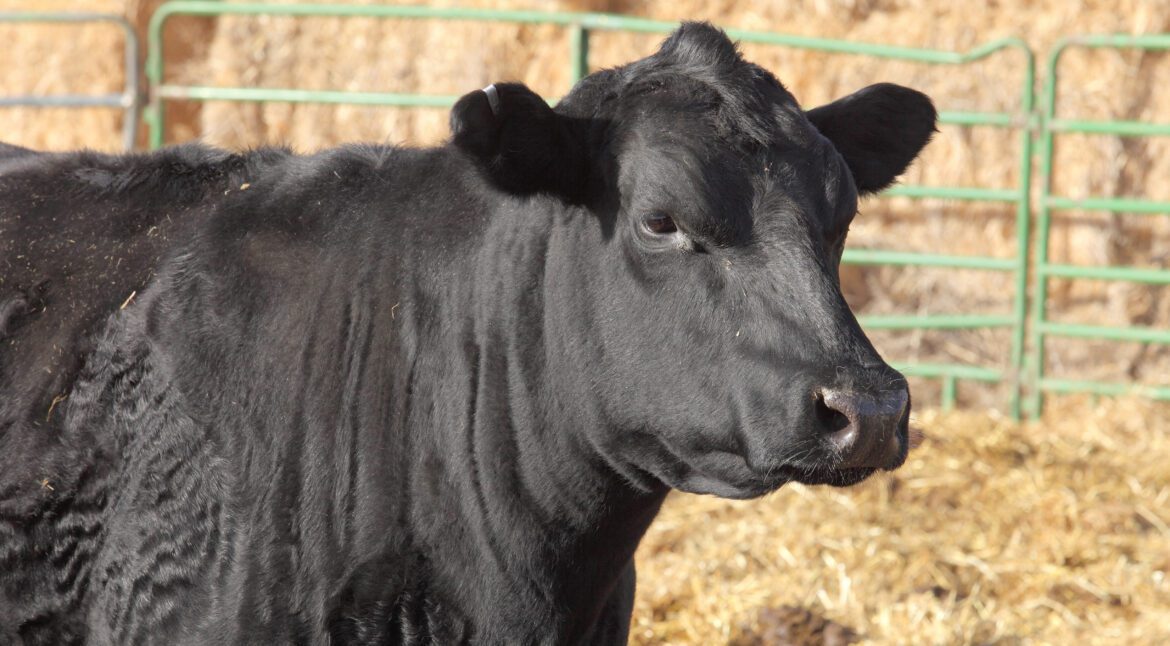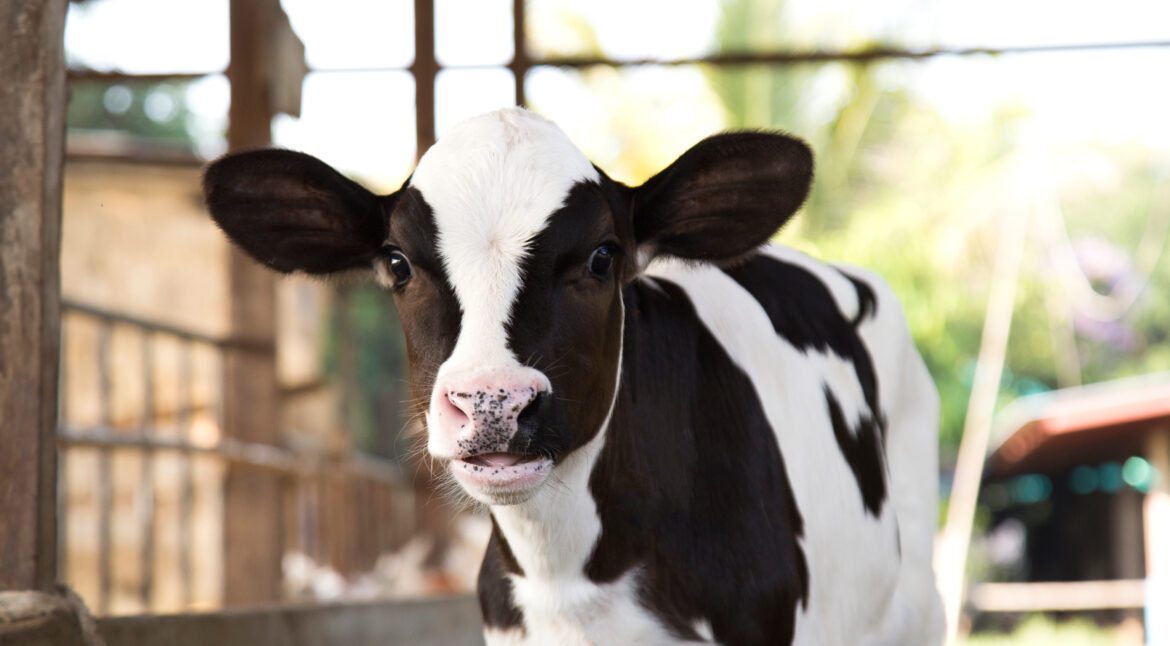Previous studies have shown that the use of additives to enhance intake and immunity at farm arrival could be a strategy to minimize the negative effects of stress and feed restriction during transportation in unweaned calves. Unweaned dairy beef calves are fed low liquid feeding programs to avoid mechanical diarrheas…
The gastrointestinal tract of unweaned calves is compromised after the stress and feed restriction due to marketing and transportation. The use of feed additives to enhance intake and gut immunity at farm arrival could be a strategy to minimize those negative effects. A total of 70 dairy beef calves (50.9…
Resumen: La relación entre los atributos sensoriales del alimento (sabor, olor, textura) y la experiencia postingestiva del animal se conoce con el nombre de palatabilidad. Los aditivos sensoriales modifican las propiedades organolépticas de las dietas con el fi n de modular su consumo y, en el caso de rumiantes, estos…
RESUMEN: Feed restriction and fasting experienced during commercial production negatively affect unweaned calves’ behavior and health status. Transportation and stays at assembly centers are the main factors generating these disorders. For this study, 20 unweaned Angus-Holstein bull calves [44.1 ± 2.04 kg of body weight (BW) and 14.7 ± 0.63…
RESUMEN: Twenty unweaned Angus-Holstein calves (44.1 ± 2.0 kg; 14.7 ± 0.63 d) were used to evaluate the effects of feed restriction and fasting on energy balance (serum concentration of glucose, BHBA, and NEFA), and intestinal permeability (serum concentration of citrulline, Cr-EDTA, lactulose, and D-mannitol). Calves were randomly assigned to…
RESUMEN: In-vivo assessments of intestinal permeability can be expensive and time consuming. Additionally, the correct choice of test molecules to use and the optimum sampling time under fasting situations needs be optimized. Fifteen unweaned Angus-Holstein bull calves (44.1 ± 2.0 kg and 14.7 ± 0.63 d) were randomly assigned to 1…
RESUMEN: Heat stress produces a wide range of negative consequences, some of them with long-lasting effects. When livestock are subjected to this environmental stress, it can be detrimental to health, well-being, and performance. Setting up multiple strategies before heat stress strikes is crucial.
Ninety steers (259.9 ± 36.18 kg BW) were used in a 56-d experiment to assess the effects of flavoring additives on feeding behavior, feed efficiency, growth performance, and temperament of newly arrived feedlot cattle. Steers were homogenously distributed by BW into six pens (15 head/pen) and pen was randomly assigned…
There are several feed additives used for dairy calves that cause palatability problems. A model to cause milk replacer (MR) aversion to dairy calves was developed. The model consisted on adding 30 g/kg of a mix of commercial products with bitter taste (Bittermix) to the MR, and animals who received…
Introduction Extrusion is a technology widely used in feed processing that consists of combining high temperatures and high pressures to the feed material. The main objective when used in a final feed is to improve digestibility, but it can also be used in raw materials such as rice bran (Riaz,…

